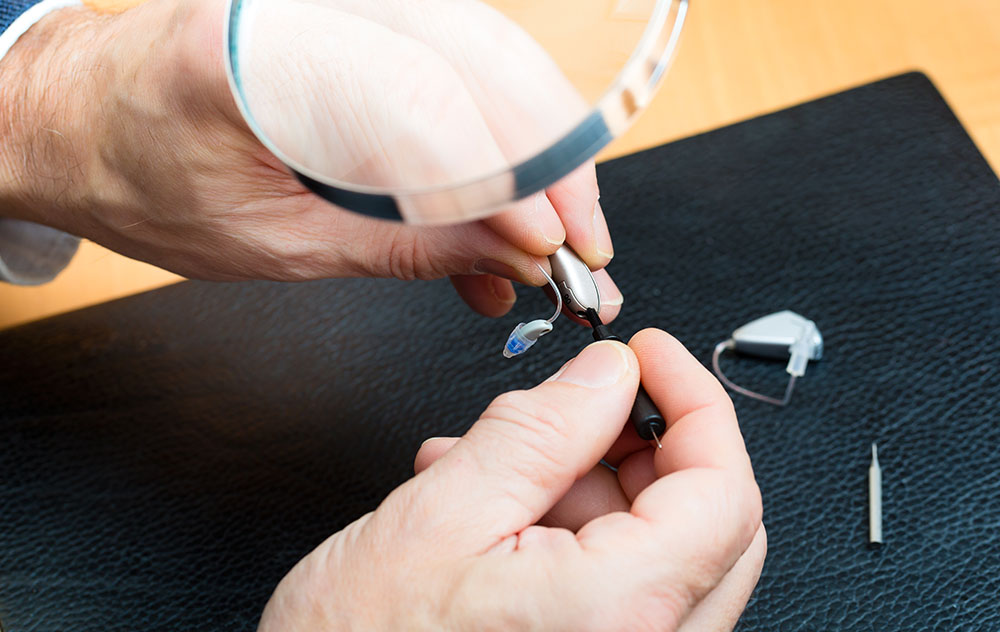How does Hearing Loss Lead to Depression?
It is true to say that in some cases, hearing loss can lead to depression.
COVID-19 UPDATE: Walk-Ins Welcome!

By: admin | August 20, 2019
Hearing aids are life-changing for those who use them, but like any device that is used regularly, they can experience problems that have to be repaired. Below, we’ve highlighted the most common reasons hearing aids need to undergo repairs, as well as how you can reduce the chances of needing a repair in the future.
Microphone issues can develop for a variety of different reasons, ranging from moisture buildup to physical damage. The extensiveness of the repair will depend on the level of damage that has been sustained; in some cases, it may be possible to repair the existing microphone and restore the device to full functionality. In others, the microphone (or microphones) may need to be completely replaced.
Earmolds are usually custom-designed for each specific user in order to ensure maximum comfort, and these usually work very well. However, with extensive everyday use over a prolonged period of time, earmolds can sometimes become misshapen. If this occurs, your hearing aids may be uncomfortable to wear, or can feel a little insecure in your ears. Usually, this issue is best remedied by replacing the earmold entirely.
Due to their close proximity to the ear canal, hearing aids can develop issues related to earwax buildup on the device – sometimes to the point that earwax causes the device to cease functioning entirely. While minor earwax buildup can be removed at home, in some instances, stubborn buildup may need to be professionally removed and any affected components replaced.
For those who use behind-the-ear (BTE) hearing aids, issues with the tube that connects the receiver to the microphone are one of the most common reasons a repair is sought. There are multiple problems that can develop with the tube; cracking, damage, and discoloration are not uncommon, and the inside of the tube can also become clogged with earwax or other debris. A hearing instrument specialist can either mend the tube or, if necessary, replace it completely.
When moisture enters the battery chamber of your hearing aids, it can cause the battery to corrode, which in turn can lead to permanent damage to the battery chamber itself. If this happens, then the chamber may need to be repaired.
It is unfortunately not possible to completely eliminate the need for your hearing aid to be repaired at some point. However, there are a few good usage tips that can help reduce the likelihood of breakdowns:

It is true to say that in some cases, hearing loss can lead to depression.
By: admin | September 21, 2020

Hearing aids require batteries to work, which means that you are going to
By: admin | August 18, 2020

Tinnitus can be a condition that may cause discomfort. It is a condition
By: admin | July 27, 2020
